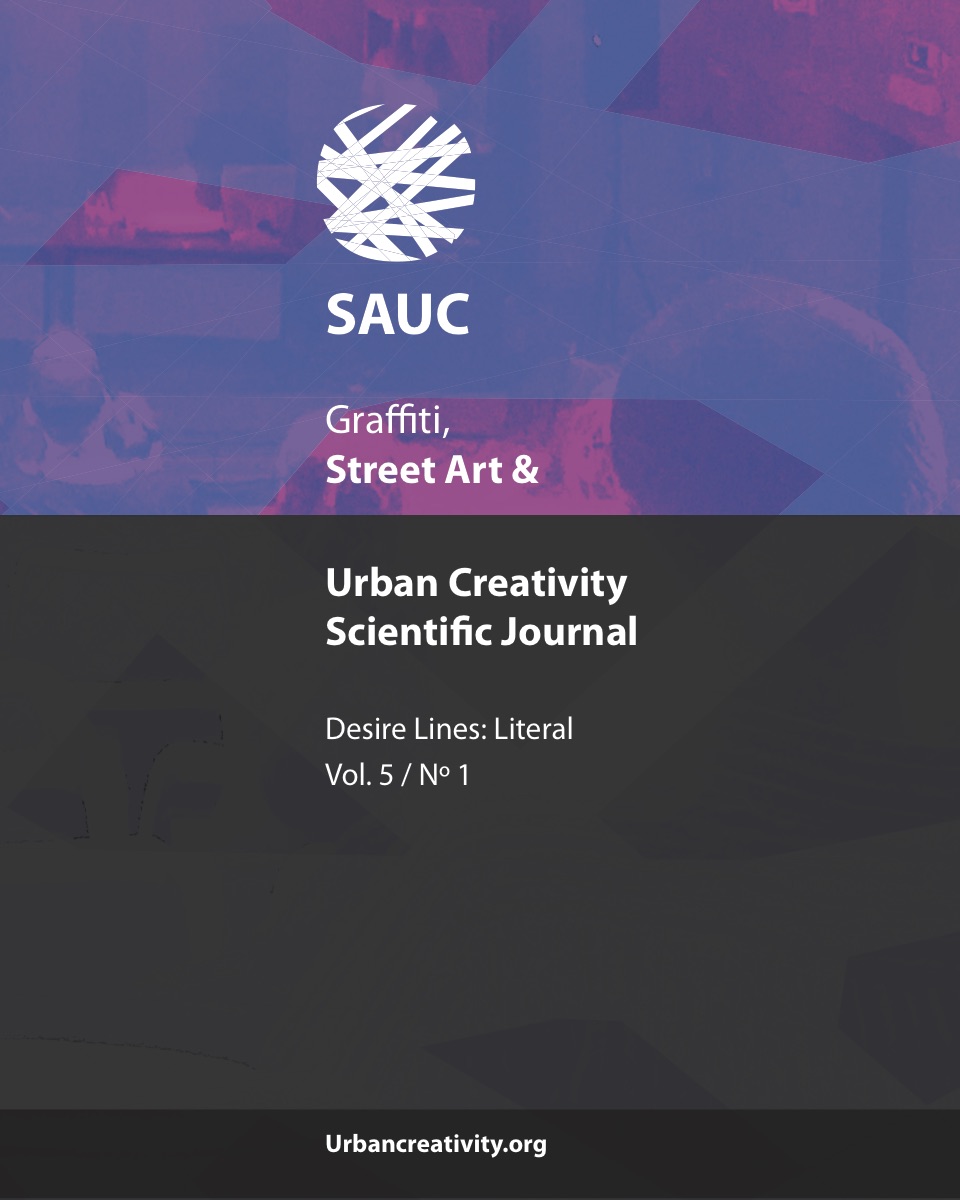Conflicts of Memory
Red Army Graffiti in the Reichstag 1945-2015
DOI:
https://doi.org/10.25765/sauc.v5i1.173Abstract
The inscriptions left on the walls of the Reichstag by Red Army soldiers in May 1945 have played a pivotal role in the development of a deeply divided cultural memory, not only between the Soviet Union and post-war Germany (West and East), but also in post-Soviet times and in a reunited Germany.
This article follows the changing attitudes towards those graffiti as part of a painful and traumatic past: they serve as a means to revive a heroic part of history on the Soviet side (if only through publication of photographic images in the 1960s); they have suffered from a strong tendency toward social amnesia in post-war West Berlin (cleansing the walls of Red Army graffiti and covering them with panelling); they have triggered a highly contested debate in the Bundestag about their conservation or elimination that was caused by their unexpected resurfacing during the 1990’s reconstruction of the Reichstag; and finally, they form the center of a debate about transforming the leftover graffiti from a site of memory into a site of reconciliation.
The recent construction of a replica of the Reichstag in Moscow, in 2015 – including the graffiti – shows yet another aspect of memory politics – this time in support of a rise in patriotism.
Downloads
Global Statistics ℹ️
|
171
Views
|
44
Downloads
|
|
215
Total
|
|
Downloads
Published
How to Cite
Issue
Section
License
Those authors who publish in this journal accept the following terms:
-
Authors retain copyright.
-
Authors transfer to the journal the right of first publication. The journal also owns the publishing rights.
-
All published contents are governed by an Attribution-NoDerivatives 4.0 International License.
Access the informative version and legal text of the license. By virtue of this, third parties are allowed to use what is published as long as they mention the authorship of the work and the first publication in this journal. If you transform the material, you may not distribute the modified work. -
Authors may make other independent and additional contractual arrangements for non-exclusive distribution of the version of the article published in this journal (e.g., inclusion in an institutional repository or publication in a book) as long as they clearly indicate that the work was first published in this journal.
- Authors are allowed and recommended to publish their work on the Internet (for example on institutional and personal websites), following the publication of, and referencing the journal, as this could lead to constructive exchanges and a more extensive and quick circulation of published works (see The Effect of Open Access).













